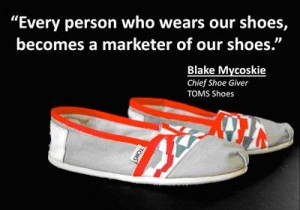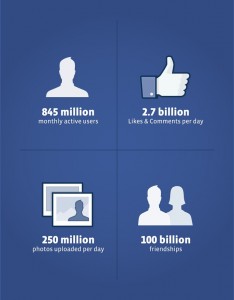Surfing the I stumbled across an article about Starbucks’ inefficient supply chain & I remembered what Mahesh told us a couple of weeks ago about supply chain operations. It takes a well-run supply chain to ensure that a barista pours a good cup of Starbucks coffee, as i is known that the journey from bean to cup is quite complex. Simply put:
“Coffee and other merchandise must be sourced from around the globe and then successfully delivered to the Starbucks Corporation’s 16,700 retail stores, which serve some 50 million customers in 51 countries each week.”
What was holding Starbucks’ pure success back was partly due to Starbuck’s rapid expansion and the difficulties that emerged in the supply chain organization trying to keep up with these worldwide expansions. But let’s face it, Starbucks was facing a HUGE challenge, imagine reorganizing the whole supply chain organization of a company as big as Starbucks. Primarily, the they had to reorganize the supply chain functions and consequently reduce costs and improve efficiencies. That is why people like Mahesh are crucial for a business’ success.



